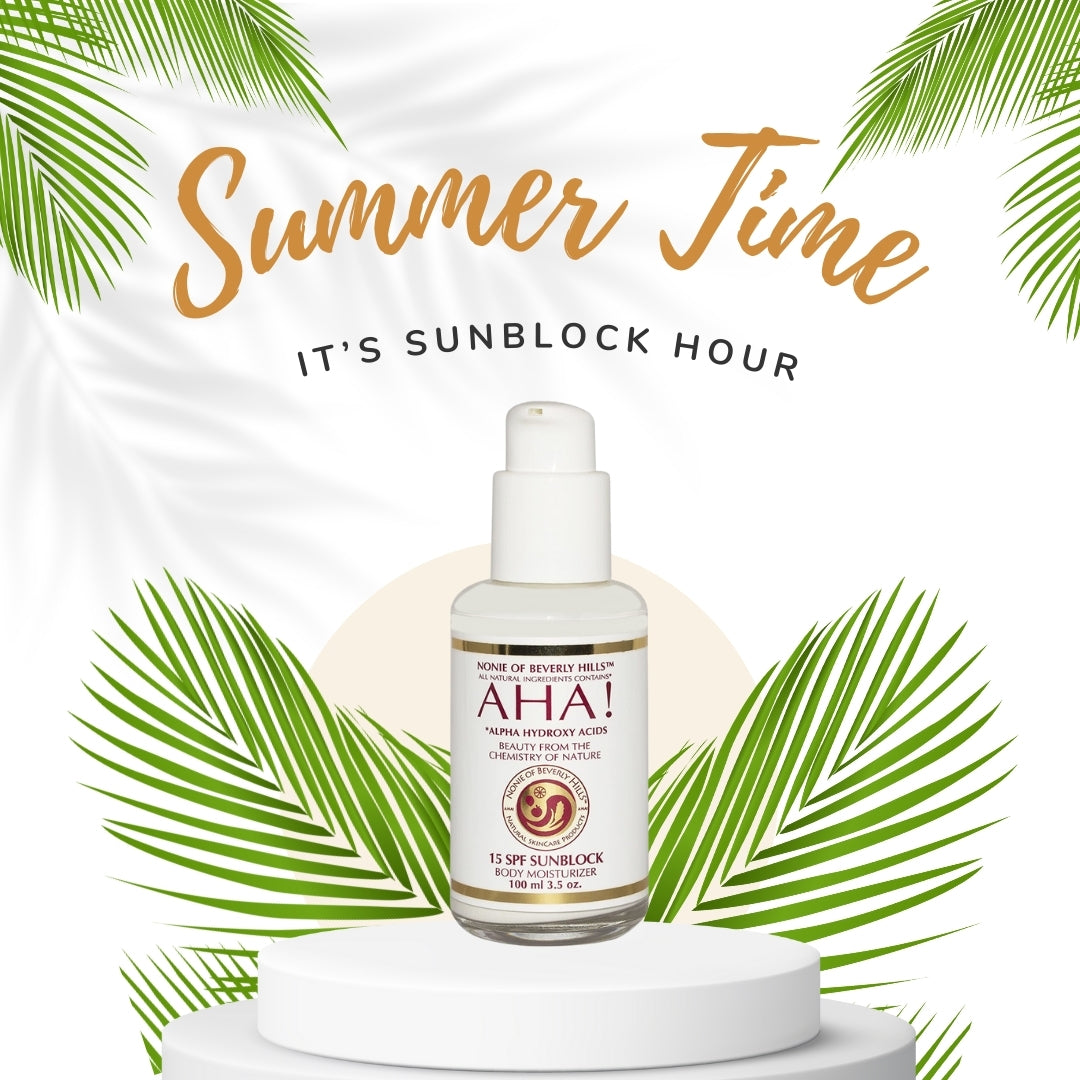
The Essential Guide to Sunblock Use This Summer Campaign
Share
As summer approaches, the allure of sunny days spent outdoors becomes irresistible. However, while basking in the sun can be enjoyable, it is crucial to protect your skin from harmful ultraviolet (UV) rays. Sunblock, also known as sunscreen, is a vital tool in safeguarding your skin from sun damage. This guide will provide you with essential information about sunblock use to ensure a safe and healthy summer.
Why Use Sunblock?
Sunblock is designed to protect your skin from the harmful effects of UV radiation. The two main types of UV rays that affect the skin are UVA and UVB rays. UVA rays can prematurely age your skin, causing wrinkles and age spots, while UVB rays can burn your skin. Both types of rays can contribute to the development of skin cancer. Using sunblock helps to:
- Prevent Sunburn: Sunblock shields your skin from UVB rays, preventing painful and damaging sunburns.
- Reduce Skin Cancer Risk: Regular use of sunblock can significantly lower your risk of developing skin cancer, including melanoma, the deadliest form of skin cancer.
- Prevent Premature Aging: Sunblock helps to protect against photoaging, keeping your skin looking youthful and healthy.
- Maintain Even Skin Tone: Protecting your skin from UV damage prevents hyperpigmentation and dark spots.
Choosing the Right Sunblock
When selecting a sunblock, consider the following factors:
- Sun Protection Factor (SPF): The SPF number indicates how well the sunblock can protect your skin from UVB rays. Dermatologists recommend using a sunblock with at least SPF 30, which blocks about 97% of UVB rays. Higher SPF numbers offer slightly more protection.
- Broad-Spectrum Protection: Ensure your sunblock is labeled as "broad-spectrum," meaning it protects against both UVA and UVB rays.
- Water Resistance: If you plan to swim or sweat, choose a water-resistant sunblock. However, remember that no sunblock is completely waterproof, so reapplication is essential.
- Skin Type Compatibility: Select a sunblock that suits your skin type. For example, if you have sensitive skin, look for a product labeled as "hypoallergenic" or "for sensitive skin."
How to Apply Sunblock
Proper application is key to effective sun protection. Follow these steps:
- Apply Generously: Use about one ounce (a shot glass full) of sunblock to cover your entire body. Don’t forget areas like your ears, neck, and the tops of your feet.
- Apply Early: Apply sunblock at least 15 minutes before going outside to allow your skin to absorb it.
- Reapply Regularly: Reapply every two hours, or more often if you are swimming or sweating.
- Don't Skip Cloudy Days: UV rays can penetrate through clouds, so it's important to wear sunblock even on overcast days.
Additional Sun Safety Tips
In addition to using sunblock, consider these tips to enhance your sun protection:
- Seek Shade: Avoid direct sunlight during peak hours (10 AM to 4 PM) when UV rays are strongest.
- Wear Protective Clothing: Long-sleeved shirts, wide-brimmed hats, and sunglasses provide additional protection.
- Stay Hydrated: Drink plenty of water to keep your skin and body hydrated.
Using sunblock is a simple yet effective way to protect your skin from the harmful effects of UV radiation. By choosing the right sunblock, applying it correctly, and incorporating other sun safety measures, you can enjoy the summer sun while keeping your skin healthy and radiant. Remember, consistent and proper use of sunblock is key to long-term skin health.
